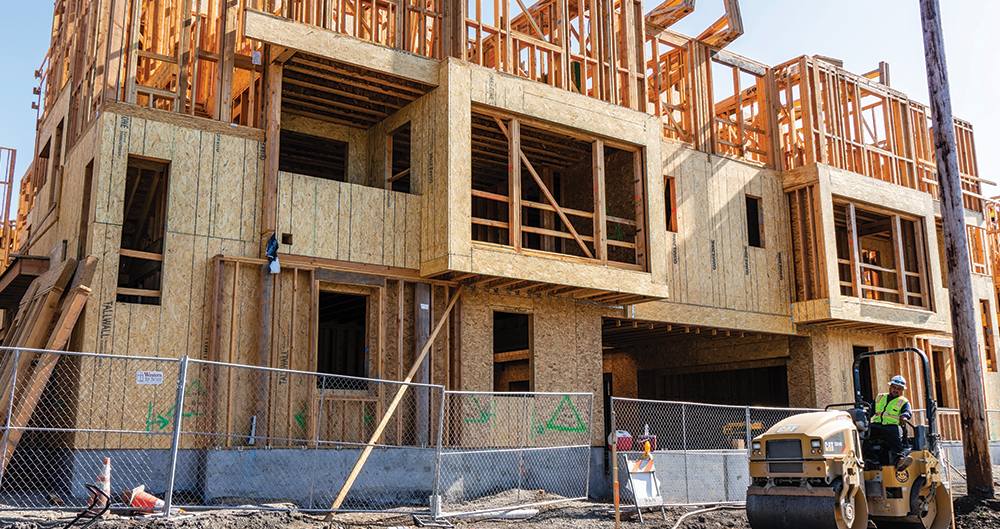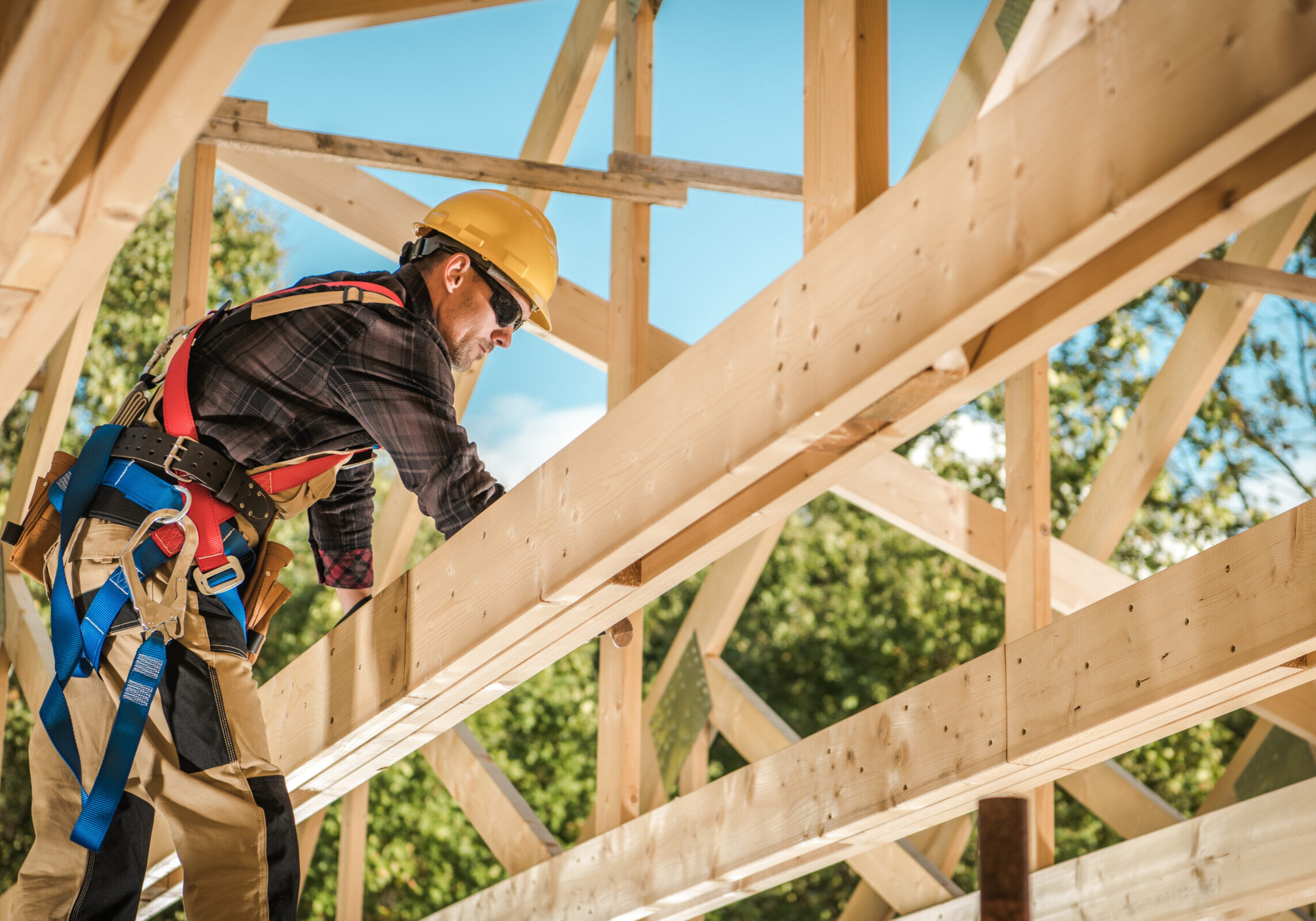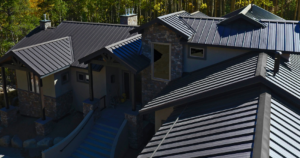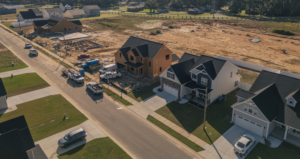Housing Figures: Residential Construction Spending Grows
January 16, 2020

Housing Figures is our monthly round-up of the top news stories related to residential new construction spending and the latest market numbers.
In January’s Housing Figures, we’re examining how residential construction spending is up, mortgage rates are down and housing inventory is still tight. Experts are also suggesting southern markets will be hot this year — particularly Austin, Texas.
U.S. residential construction spending rose 2.7 percent. Construction spending amounted to a seasonally adjusted annual rate of $536.1 billion in November, which is 1.9 percent above the revised October estimate of $526.3 billion and up 2.7 percent from a year ago. Home builder confidence also improved in all regions. [Housing Wire]
Southern housing markets are most likely to outperform. A panel of experts surveyed by Zillow said they expected a slew of southern markets to perform well in 2020. Eighty-three percent of respondents said they expected Austin to outperform (though a few suggested in might underperform). Charlotte was the only market expected not to underperform. [Zillow]
Foreclosure starts are at the lowest level in 20 years. A new report from Black Knight found that November’s foreclosure starts marked a 26 percent decline from 2018 totals. It’s the lowest monthly volume since Black Knight began recording the metric in 2000. [Housing Wire]
Not yet a HomeSphere partner?
HomeSphere connects residential construction builders with building product manufacturers to facilitate long-lasting relationships through our award-winning software platforms, My HomeSphere™ and HomeSphere-IQ®.
Mortgage rates fell further in 2020. The average rate on the 30-year fixed mortgage fell to 3.69 percent, the lowest level since October. The decrease took place as buyers rushed to open houses across the nation, hoping to get in before the competition gets worse. [CNBC]
Apartment sales likely to be strongest at start of 2020. Experts expect apartment sales to take off in the first half of the year thanks to the election in November. Why? In 2016, sales slowed following the election, so sellers are front-loading this time in anticipation. [GlobeSt.com]
Housing inventory is getting worse. The supply of homes for sales was 12 percent lower in December 2019 compared to the previous year. While the shortage of homes for sale is worst on the low end of the market, luxury housing is also seeing an undersupply. [CNBC]






